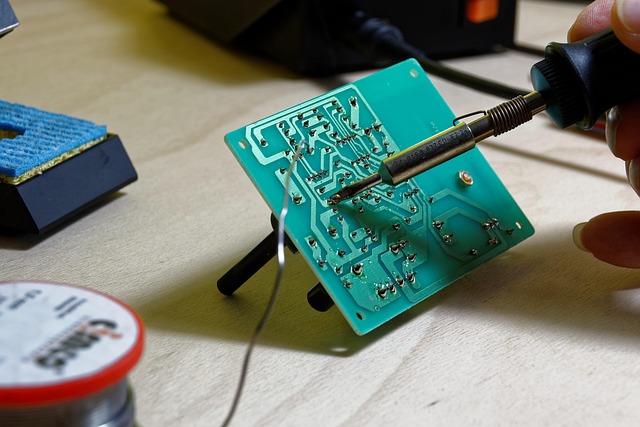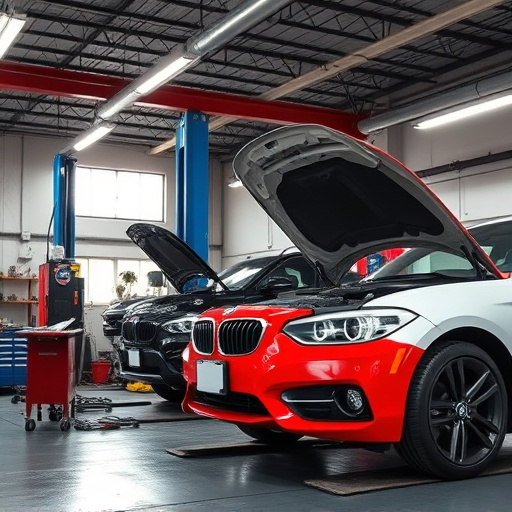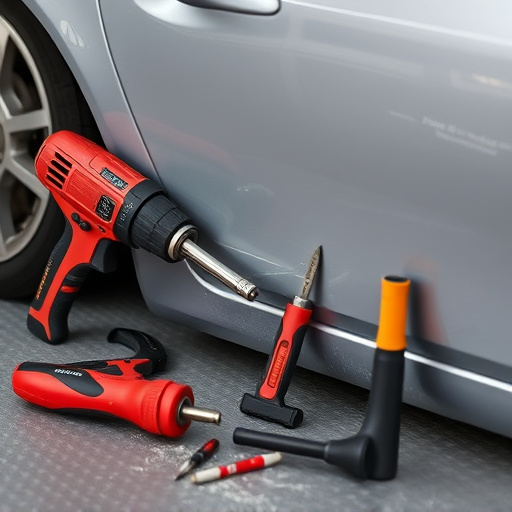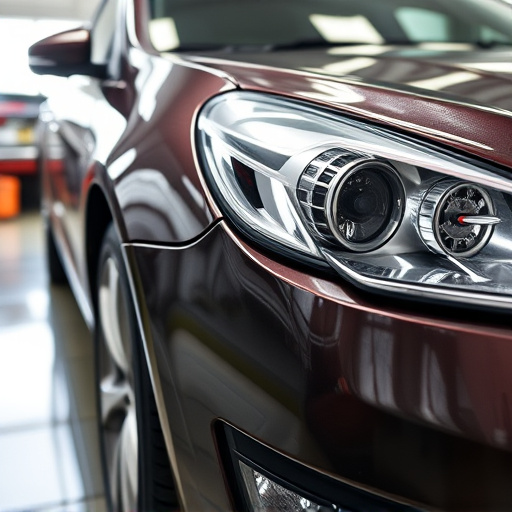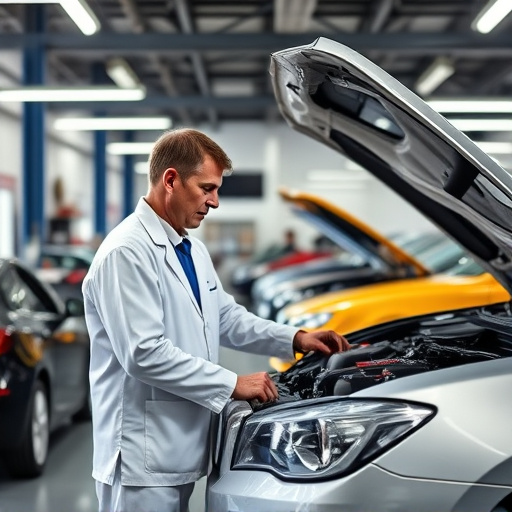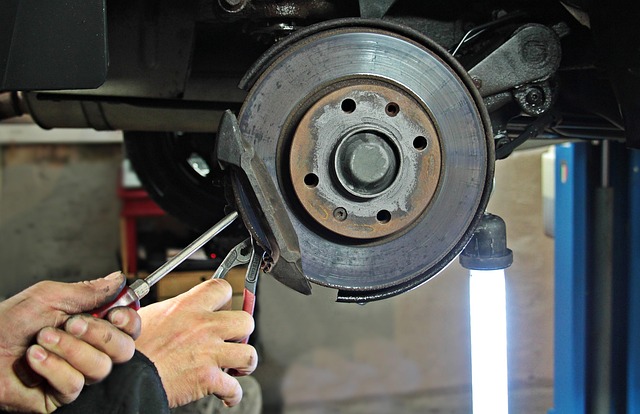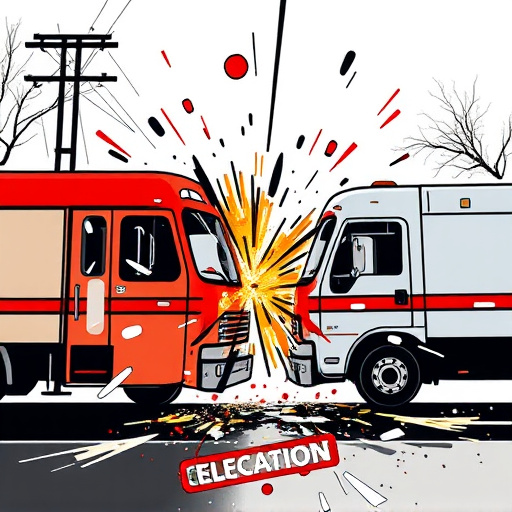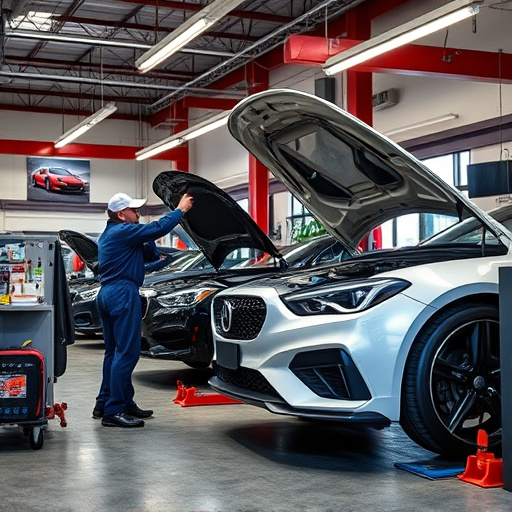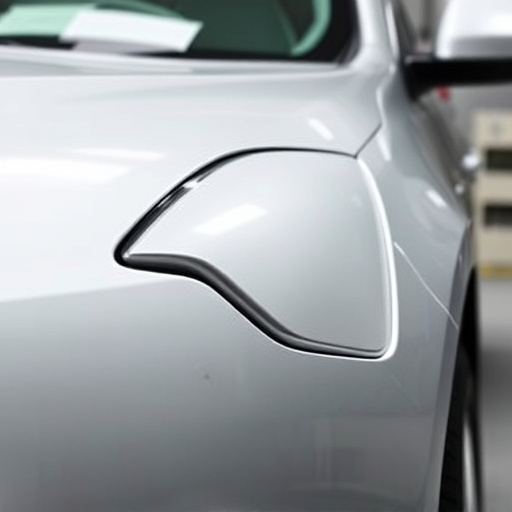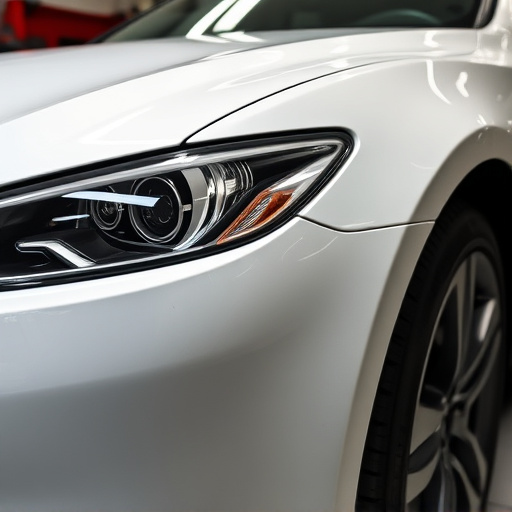Roof dent repair goes beyond typical dent fixes, addressing safety hazards and water leakage issues caused by damaged panels. It requires careful assessment of structural integrity, especially in harsh climates, understanding vehicle design and dent type such as hail damage or tree branches. Specialized techniques are used to restore both structural integrity and minimal aesthetic disruption, ensuring cars remain drivable and safe in varying driving conditions. Weather conditions and environmental factors significantly impact roof repair needs, necessitating specialized techniques tailored to specific causes for long-term durability and safety.
Roof dent repair is a specialized service that differs significantly from common dent fixes due to the unique challenges posed by roofs. Unlike typical car or object dents, roof dents can compromise structural integrity and are often influenced by weather conditions and environmental factors. This article delves into the distinct nature of roof dents, exploring special tools, techniques, and considerations for their repair.
We’ll compare roof dent repair with traditional methods like material replacement, filling, and painting, highlighting durability differences. Additionally, we’ll discuss the benefits of hiring professionals, emphasizing expertise, experience, and cost-effectiveness over DIY solutions in the long term.
- Understanding Roof Dent Repair: Unique Challenges and Considerations
- – The distinct nature of roof dents and their impact on structural integrity.
- – Weather conditions and environmental factors affecting repair needs.
Understanding Roof Dent Repair: Unique Challenges and Considerations
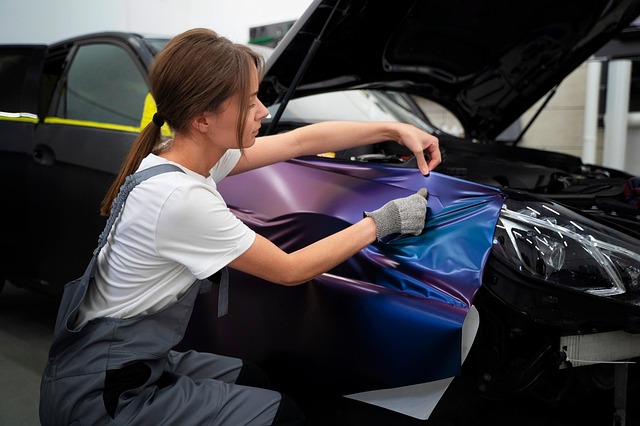
Roof dent repair is a specialized service that goes beyond typical dent fixes, presenting unique challenges due to the roof’s structural role and exposure to varying weather conditions. Unlike car scratch repair or collision repair shop services focused on aesthetics, roof dent repair must address potential safety hazards and water leakage issues caused by damaged panels. The process involves careful assessment, as even small dents can compromise a vehicle’s integrity, especially in regions with harsh climates.
Considerations for roof dent repair extend beyond the physical act of fixing the dent. It often requires an understanding of the vehicle’s design and the specific type of dent—be it from hail damage, a tree branch, or another object. Unlike auto body restoration, which can be a comprehensive process, roof dent repair aims to restore structural integrity while minimizing disruption to the overall aesthetics, ensuring the car remains not just drivable but also safe in various driving conditions.
– The distinct nature of roof dents and their impact on structural integrity.

Roof dents, often caused by falling debris, extreme weather conditions, or vehicle accidents, pose a unique challenge compared to typical dent fixes encountered in auto body painting or car dent repair. These dents can significantly impact the structural integrity of a building, making them more than just cosmetic issues. Unlike regular automotive repairs that primarily focus on restoring aesthetics, roof dent repair demands attention to both form and function.
A damaged roof structure can lead to water penetration, compromised insulation, and even safety hazards. As such, roof dent repair requires specialized techniques tailored to address these structural concerns. Unlike a simple car dent repair or auto body painting job, where the focus is on the exterior appearance, repairing roof dents involves assessing the underlying framework, ensuring proper alignment, and possibly reinforcing weak spots.
– Weather conditions and environmental factors affecting repair needs.

Weather conditions and environmental factors play a significant role in dictating the repair needs for roofs, setting them apart from other dent fixes like car body repair or auto detailing. Variable climates introduce unique challenges. For instance, regions with frequent storms and heavy rainfall may experience more roof dents due to fallen debris, while areas prone to harsh winters might see an increase in ice damming-related damage. These factors necessitate specialized techniques for roof dent repair, tailored to address the specific causes.
Unlike auto body repair, which often focuses on cosmetic enhancement, roof dent repair must consider structural integrity. Environmental elements can weaken roof materials over time, making it crucial to assess and mitigate potential safety risks. Thus, effective roof dent repair not only restores aesthetics but also ensures the long-term durability of the roofing system.
Roof dent repair stands alone among dent fixes due to its unique challenges, including the potential impact on structural integrity and the constant exposure to harsh weather conditions. Unlike other repairs, it requires specialized knowledge and equipment to ensure safety and longevity of the roofing system. When considering roof dent repair, understanding these distinctions is crucial for making informed decisions and selecting the best course of action.

